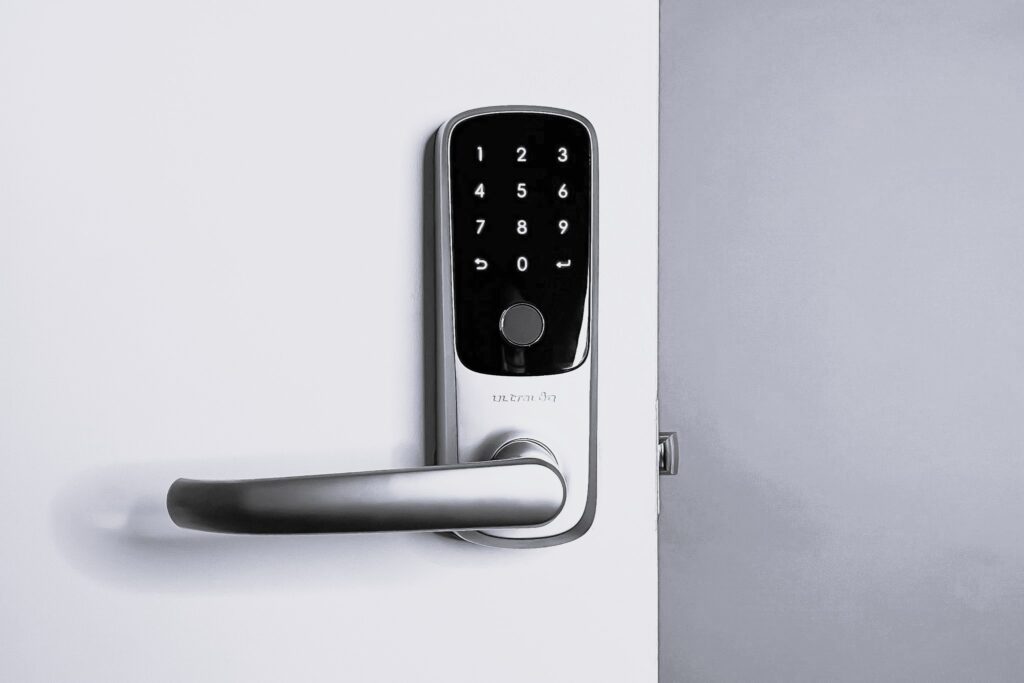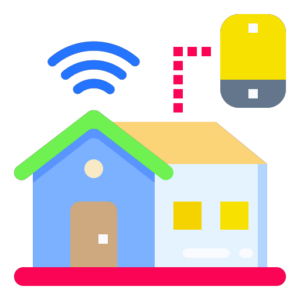The world of smart homes is filled with innovative technologies and terms that may be unfamiliar to beginners. As smart home devices become more prevalent in households, it’s essential to grasp the basics to make informed decisions and navigate this exciting landscape. This glossary serves as a beginner’s guide, providing explanations for key terms related to smart homes, their functionalities, and the standards that govern them.
1. Smart Home: A smart home refers to a residence equipped with devices and systems that can be remotely controlled, automated, or monitored through the internet. These devices often enhance convenience, security, energy efficiency, and overall home management.
2. Internet of Things (IoT): The IoT encompasses a network of interconnected devices that can communicate and exchange data. In the context of smart homes, IoT refers to the connectivity of various devices like thermostats, lights, and security cameras.

3. Home Automation: Home automation involves the use of technology to control and automate household tasks and functions. This includes managing lighting, heating, ventilation, air conditioning (HVAC), security systems, and more.
4. Hub: A hub is a central device that serves as a command center for smart home devices. It connects and controls different devices within a home automation system, facilitating communication and coordination.
5. Voice Assistant: A voice assistant is an AI-powered technology that responds to voice commands. Popular examples include Amazon’s Alexa, Google Assistant, and Apple’s Siri, which can control smart home devices using spoken instructions.
6. Smart Speaker: A smart speaker is a wireless speaker with integrated voice assistant capabilities. It can play music, answer questions, and control smart home devices through voice commands.
7. Connectivity Standards: Connectivity standards define how smart home devices communicate with each other. Common standards include Wi-Fi, Zigbee, Z-Wave, and Bluetooth. These standards ensure interoperability and seamless integration of devices.
8. Wi-Fi: Wi-Fi is a wireless networking standard that allows smart devices to connect to the internet and communicate with each other. Wi-Fi is widely used in smart home devices like cameras, thermostats, and speakers.
9. Zigbee: Zigbee is a wireless communication standard designed for low-power, short-range applications. It is often used in smart home devices that require energy efficiency and reliable communication between devices.
10. Z-Wave: Z-Wave is a wireless communication protocol similar to Zigbee, used for home automation. Z-Wave devices can communicate with each other, providing a mesh network for smart home systems.
11. Bluetooth: Bluetooth is a short-range wireless communication technology used in smart home devices for connecting to smartphones, speakers, and other compatible devices.
12. Sensor: A sensor is a device that detects and measures changes in the environment. In smart homes, sensors can include motion sensors, door/window sensors, temperature sensors, and more.
13. Smart Thermostat: A smart thermostat is a device that controls heating and cooling systems in homes. It can be programmed, remotely controlled, and often adapts to user preferences to optimize energy efficiency.
14. Smart Lighting: Smart lighting systems allow users to control lighting remotely. This can include adjusting brightness, color temperature, and scheduling lighting based on daily routines.
15. Security Camera: A security camera is a device that records and monitors activities in and around a home. Smart security cameras often include features such as motion detection, night vision, and remote viewing.
16. Smart Lock: A smart lock is an electronic lock that can be controlled and monitored remotely. It often integrates with other smart home systems for enhanced security.

17. Geofencing: Geofencing is a location-based service that uses GPS or RFID to define virtual boundaries. In smart homes, geofencing can trigger actions or notifications when a user enters or leaves a predefined area.
18. IFTTT (If This Then That): IFTTT is a web-based service that allows users to create automated actions (applets) between different online services and devices. It enables customized automation based on specific triggers.
19. Firmware: Firmware is software embedded in electronic devices. In smart home devices, firmware updates may be released to add new features, enhance security, or improve performance.
Conclusion: Empowering Beginners in the Smart Home Journey
Navigating the world of smart homes can be exciting yet overwhelming for beginners. This glossary serves as a foundational guide, providing clarity on key terms and concepts. As smart home technology continues to evolve, understanding these basics empowers users to make informed decisions, create personalized home automation setups, and embrace the convenience and efficiency that smart homes offer.


